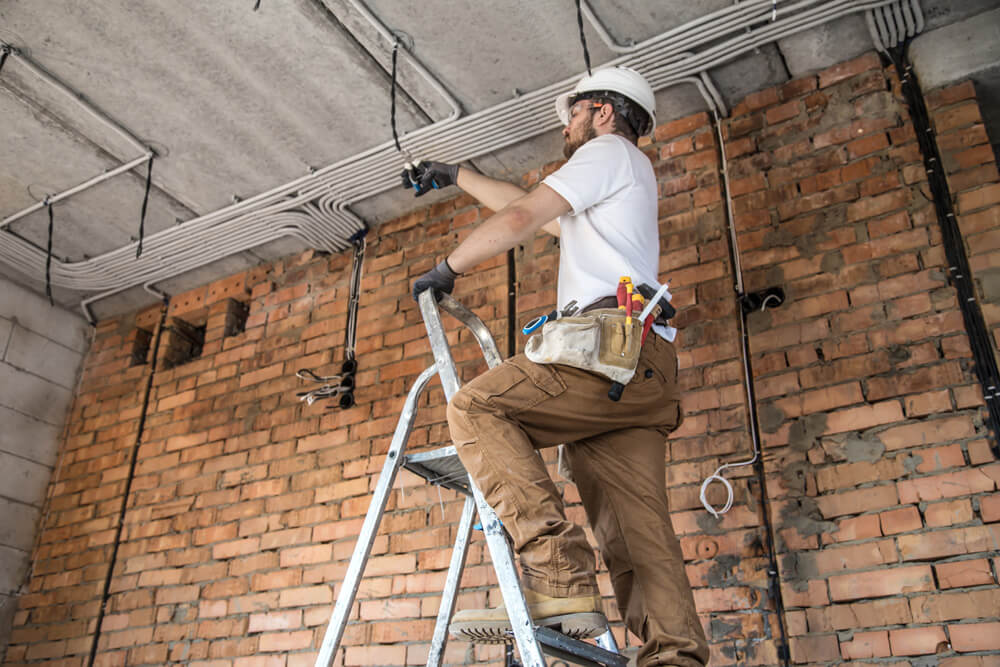


Written by Rob McLeay, Health and Safety Consultant at SafeWorkforce
Working at height is part of everyday life for many trades and maintenance roles, from construction and roofing to window cleaning and facilities management. Yet it remains one of the most misunderstood and underestimated workplace risks. For business owners and contractors, failing to manage these risks doesn’t just endanger lives, it can also result in fines, project delays, and reputational damage. Taking the time to get it right isn’t just good practice, it’s good business.
Working at height remains one of the most common causes of serious injuries and fatalities across UK workplaces. For small businesses, where teams are often stretched and resources limited, it’s easy to underestimate how dangerous even short tasks can be.
Whether it’s changing a light fitting, accessing a roof space, or working from ladders, a fall from as little as two metres can cause life-changing injuries.
According to the latest HSE figures, falls from height account for a quarter of all workplace fatalities each year. Many of these incidents occur in small and medium-sized businesses, where formal health and safety arrangements may not be as robust as in larger organisations.
The good news? Most falls can be prevented through simple planning, health and safety training, and the right equipment.
Under the Work at Height Regulations 2005, employers, and anyone in control of work at height (such as building owners or site managers) must ensure that work is properly planned, supervised, and carried out by competent people.
The key duties are to:
This means businesses should first consider whether a job can be completed from the ground, for example, using extendable tools rather than climbing ladders. If working at height is unavoidable, the right precautions must be in place.
Every task involving work at height, no matter how small, should be risk assessed. This means thinking carefully about:
Small businesses often rely on ladders because they’re convenient and inexpensive. However, ladders should only be used for short-duration, low-risk work, typically lasting no more than 30 minutes.
For longer or more complex tasks, consider alternatives such as mobile scaffold towers, podium steps, or low-level access platforms. These can be hired, cost-effective, and dramatically reduce the risk. Read a detailed guide on how to do risk assessment.
A key part of compliance and safety is ensuring that anyone working at height is competent. This means they have the right combination of training, knowledge, and experience.
Even for simple ladder work, employees should understand:
Ensure relevant formal training is provided, but also include regular toolbox talks, on-the-job supervision, and refresher sessions. These all help keep safety front of mind.
For small businesses, health and safety can sometimes feel like an administrative burden, but simple precautions save time, money, and lives.
Working at height safely is about good habits: planning the job, using the right tools, and giving people the confidence to work smartly, not dangerously.
Taking these steps not only protects your workforce but also your business reputation. It ensures you remain legally compliant and helps avoid potential HSE interventions or prosecution.
For businesses unsure where to start, support is available. Partnering with health and safety experts can help ensure your policies, training, and risk assessments are not only compliant but practical for your day-to-day operations. SafeWorkforce provides hands-on support and expert health and safety consultancy to help you manage working at height safely, from developing tailored risk assessments to delivering staff training and keeping your health and safety documentation up to date.
By investing in proactive safety management, you reduce risk, build employee confidence, and demonstrate your ongoing commitment to a safer workplace.